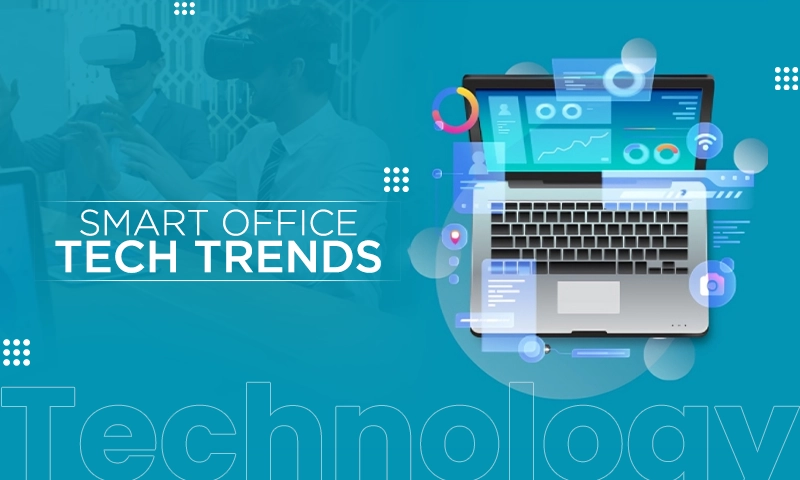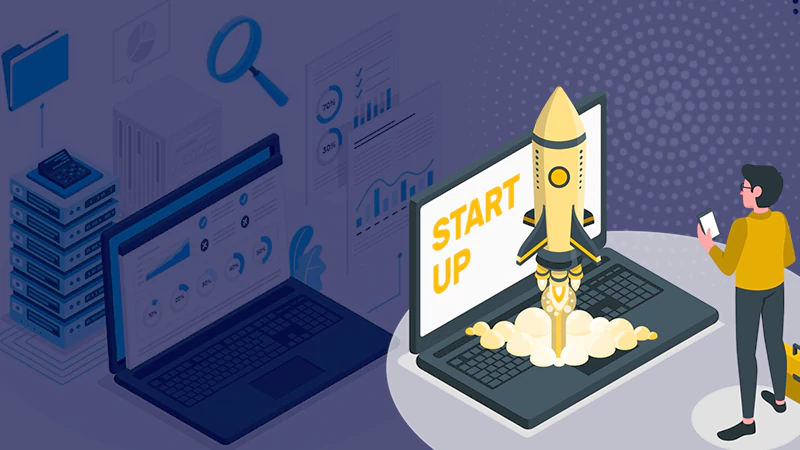Digital Trends 2023 for the Agri-food, Forestry, and Environment Sector
The digital sector is rapidly evolving and continues to bring innovation to the world that is transforming industries. Sensors, data science, the Internet of Things, and other technologies enable different sectors of human activity to improve the accuracy of everyday operations, obtain reliable information and make better decisions. One industry that has significantly benefited from the adoption of digital technologies is agriculture and forestry. The potential for digital innovation in these sectors is enormous, as it improves productivity and resilience and facilitates farm and forest management.
Digital technologies also make a crucial contribution to the monitoring of ecology and biodiversity. The large amounts of data provided by technology are vital for making effective decisions on environmental protection, resource use, food security, and climate change mitigation.
Satellite Monitoring
With climate change and increasing demand for food, monitoring agriculture and forests is vital today. Satellite technology makes monitoring near-real-time, allowing timely responses to various threats, including extreme weather events, diseases, and pests. The more up-to-date information growers and people with forestry jobs receive, the easier it is to minimize their environmental impact and optimize management practices, making them more sustainable.
Satellite monitoring today has become more accessible than ever. The companies offer affordable solutions for effectively managing forest lands and monitoring events and phenomena that affect their condition. EOS Forest Monitoring by EOS Data Analytics is an all-in-one solution for sustainable forestry that enables farmers to optimize regular operations and minimize risks. It can be used by foresters, forestry suppliers, and other business participants to obtain reliable and up-to-date information about the state of forest land.
Users can monitor forests remotely, identify problems and threats on time, and prevent illegal logging. The platform saves users a lot of time, thanks to the rapid generation of reports based on up-to-date information and the ability to share information remotely with all team members. Users can also set up notifications in EOS Forest Monitoring and receive risk alerts from taking appropriate action and reducing material loss costs.
Agri-food
The use of satellite data for monitoring agricultural land is a fairly common practice today. Modern remote sensing systems enable monitoring crops’ condition remotely while saving time and money. In addition, satellite imagery can be used to create various field maps and determine essential parameters, including moisture levels and soil type. Farmers can increase field productivity and reduce costs by gaining valuable information through satellite technology.
Environment
Satellites are essential for monitoring the environment and evaluating the impact of climate change on our planet. Satellite data can help control the concentration of greenhouse gases in the atmosphere and monitor global temperatures, tropical cyclones, extreme weather events, and ecosystem changes. Satellites are also ideal for monitoring illegal logging, a significant source of carbon dioxide emissions, and a negative impact on biodiversity.
Geographic Information System
GIS is a data visualization tool used to make effective decisions and detect problems. It is actively used in agriculture to analyze complex spatial data, including rainfall, wind direction, erosion, and more. With the help of this technology, farmers can assess crop health at a specific site, analyze irrigation systems, and assess land degradation and erosion.
GPS advancements have also made it possible to automate and computerize many agricultural operations. Various agricultural equipment, such as combine harvesters, which are equipped with GPS tracking devices, measure the amount of crop and enable growers to determine its quality. It is possible thanks to measuring indicators such as the level of chlorophyll and moisture contained in cultures. It’s a real-time process that enables the user to see precisely where this harvest is.
Data Analytics & Artificial Intelligence
Digital technologies are taking agriculture to a new level beyond the fields. Artificial intelligence is driving innovation in plant breeding. This technology makes it possible to predict genetic test results accurately. The combination of AI and other technologies allows for the most sustainable solutions. Data analytics platforms enable many farmers to benefit from adopting modern technologies, including increased yields and reduced costs. Data analytics and AI tools are also used in forestry to detect problems, make predictions, distribute the forestry supply rationally, and so on.
Also Read: Digital Marketing Trends to Get Ahead in 2023
Conclusion
Digital technologies continue to develop and bring innovative solutions to environmental protection, forestry, and agriculture. Satellite monitoring, robotics and automation of operations, data analytics, and artificial intelligence play a vital role in the development of various industries and increasing their sustainability.
Share
















